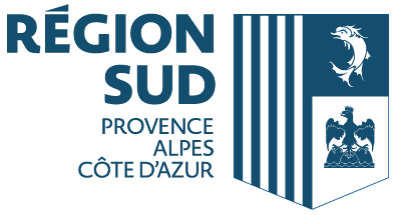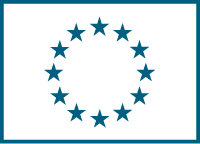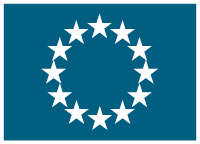Promoting green products
(GREEN-PRO)
Date du début: 1 janv. 2010,
Date de fin: 30 avr. 2013
PROJET
TERMINÉ
Background
According to the European Environment Agency (EEA) around four tonnes of waste is generated per capita every year in EEA member countries, while the average European citizen throws away 520 kg of waste a year - a figure that is expected to increase. Some 45% of EU municipal waste is still sent to landfill. Green products are responsible for less environmental impacts, as they use fewer raw materials, reduce packaging, and utilise recycled or renewable sources (e.g. recycled paper, plastic, metals and renewable energy). Therefore, an increased use of green products can reduce waste sent to landfill.
Objectives
The main objective of the GREEN-PRO project was to conduct an awareness-raising campaign, in order to promote the production and consumption of green products; in particular, those products that conform to the EU eco-label scheme and other environmental protection related tools and initiatives (e.g. EMAS, Energy Star, and Carbon Neutral). The specific aims included making the business argument to producers regarding green products, increasing the recognisability of green products, and promoting the use of green products by showing their environmental and financial benefits.
Results
The GREEN-PRO project greatly increased the awareness of the local public toward green products. During project implementation, market research identified 625 products in the Bacau region that had widely recognised eco labels, out of which 20 products were especially green. The project developed an online âgreen market portalâ (greenmarket.ub.ro ), as an e-market to promote green products. The main project website (greenpro.ub.ro ) was developed using a database containing information on all the identified green products. This âgreen listâ was accompanied by guidelines explained how to identify and select green products, and what environmental benefits arise from their use, to inform consumer choice.
The project team produced a 30-minute film âBefore and Afterâ on the use of green products, and also a 300-second TV spot, which was broadcast on local TV stations, to raise public awareness. This material stressed key messages about the environmental and financial benefits of using green products for consumers and other stakeholders. Sixty information noticeboards were erected, 12 booklets were produced that addressed different topics relating to green products, and 10 000 leaflets were distributed.
A series of workshops and seminars aimed at key target audiences were organised. For example, seminars for green capacity building aimed at personnel working in the purchasing departments of public and private sector organisations, which highlighted the financial benefits of green products, for example, in terms of energy efficiency. The project team produced a training handbook and it is foreseen that training for personnel regarding green procurement will be ongoing.
A change in customer behaviour towards green products is expected as a result of the project, which will bring benefits for the environment. Following from the projectâs information campaign, it is predicted that consumers will use more green products on a day-to-day basis.
By increasing the public awareness on the use of the green products, a positive impact on the green product market is also expected. Therefore, an increasing use of green products should result in a greater number of products gaining green labels and an increased number of green product producers. The project initiated the monitoring of green products in the Bacau region of Romania.
This type of project is a first for Romania. The main challenge was the development of easily-quantifiable and objective indicators. A methodology to evaluate the impact of different products on the environment, for example, was developed throughout the project. This methodology was published on the project website.
Further information on the project can be found in the project's layman report and After-LIFE Communication Plan (see "Read more" section).
Accédez au prémier réseau pour la cooperation européenne
Se connecter
ou
Créer un compte
Pour accéder à toutes les informations disponibles
Coordinateur
- Valentin NEDEFF
- (Romania)




